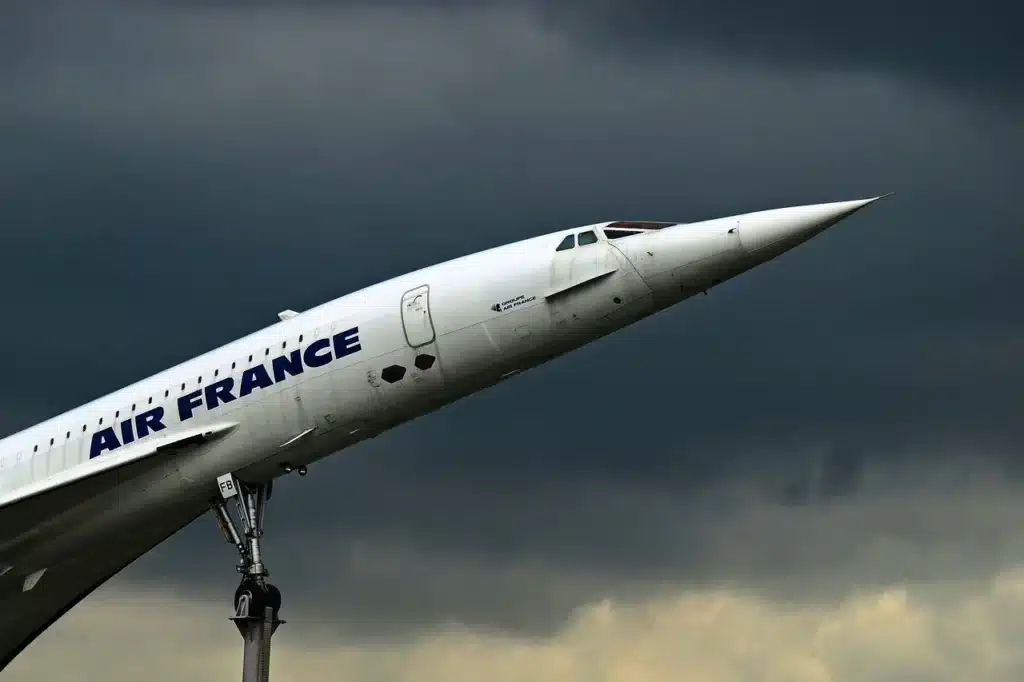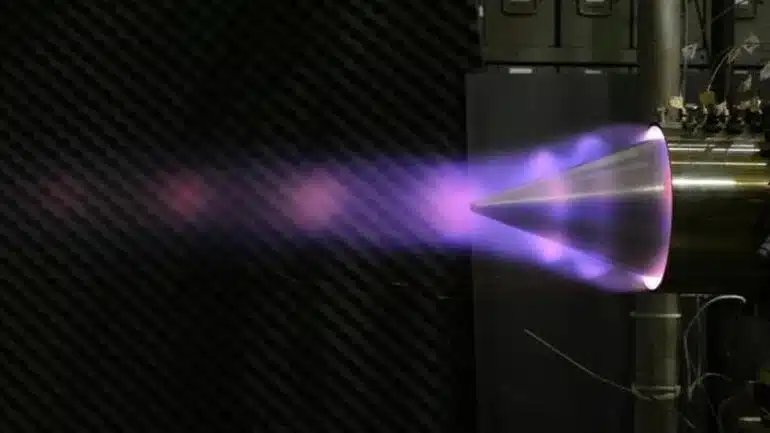Chinese scientists develop revolutionary aircraft engine for hypersonic flight
- Hypersonic planes haven’t flown since Concorde’s last flight
- Scientists have developed the most powerful hypersonic engine ever
- It could revolutionize air travel if successful
Published on Aug 15, 2024 at 1:18 AM (UTC+4)
by Ben Thompson
Last updated on Aug 15, 2024 at 5:24 PM (UTC+4)
Edited by
Amelia Jean Hershman-Jones
Chinese scientists have developed a revolutionary aircraft for hypersonic travel.
It’s been over twenty years since the final Concorde flight, bringing an end to a period that looked set to revolutionize air travel.
But now, scientists may have found something to improve on the Concorde.
DISCOVER SBX CARS: The global premium car auction platform powered by Supercar Blondie
A revolution in hypersonic flight
Chinese scientists are claiming to have developed the world’s most powerful detonation engine.
It was designed by Zhang Yining and his team at the Beijing Power Machinery Institute.
If done correctly, such an engine could push an aircraft to a speed of Mach 16 (over 19,700km/h/12,250mph).

By way of comparison, the Concorde’s maximum cruising speed was Mach 2.04. (2,179km/h/1,354mph).
So, a massive difference – in fact, footage from inside the Concorde’s cockpit and cabin seems extremely calm for a plane flying at such speed.
Not that the Concorde was anything to shrug at, mind you – check out the time they simultaneously landed two at Orlando Airport.
If a plane could fly at Mach 16, a trip from New York to London would take a mere 17 minutes – compared to the seven hours it currently eats up.
Details of the engine are contained in an article published in the Chinese Journal of Propulsion Technology.
A closer look at the engine
The engine functions in two modes, as detailed by Luxury Launches.
Below Mach 7, it serves as a continuous rotating detonation engine (RDE), meaning that air from the outside mixes with the fuel to ignite.
Once ignited, a shock wave is created which ignites more fuel during rotation, creating a thrust for the plane.

When above Mach 7, the shock wave stops rotating and focuses on a circular platform at the back of the engine.
Instead, the fuel detonates when it reaches the rear due to the high speed of air entering.
This is completely different from how traditional jet engines work.
Not that those aren’t cool to see up close either.
In fact, one YouTuber built one to demonstrate what happens inside when it’s running.





